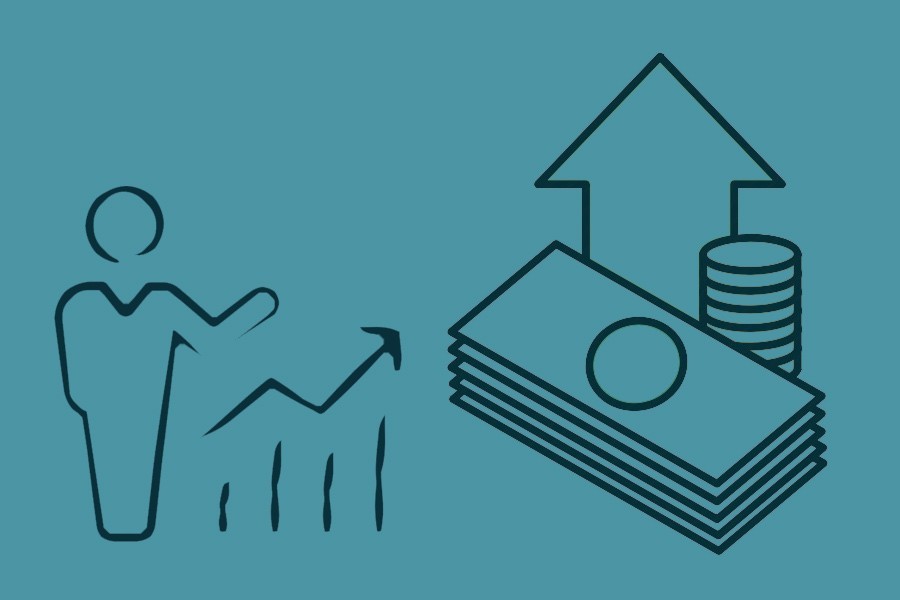
Published :
Updated :

prevalence of poverty in the country dropping by 4.3 percentage points and extreme poverty by 3.2 points in 2019-2022, a substantial period of which witnessed corona pandemic, it does not fail to notice the emergence of the 'new poor'. The state-run institute places them under a new category. The fact comes from a presentation made by the BIDS on May 17. Apart from poverty, its extensive research touches upon varied socio-economic areas affected by the dislocations caused by the pandemic. It's true during the period mentioned, Bangladesh, like the majority of countries in the world, has passed through a series of major and minor social and economic uncertainties. Loss of livelihoods, particularly for day labourers and workers in the informal sector, on account of lockdowns for lengthy periods caused them immense sufferings. Coming to the point of the claims by a section of people that the country's poverty situation worsened significantly during Covid-19, the BIDS director general (DG) said that the organisation had examined the claims. The analysis of poverty dynamics reveals that urban chronic poverty is still there even in a fast-growing city like Dhaka.
The study observes that about one-tenth of the urban population belongs to this category. It recognises that the emergence of the 'new poor' as a social class is a fallout of the pandemic. According to the BIDS, a total of 51 per cent people belong to this segment. The adversities stemming from the Covid-19 economic recession in the country have long been singled out. Apart from the comfortably ensconced affluent classes, almost all social segments have adversely been affected during the punishing times of the pandemic and its aftermath. Many families from middle and lower-middle class saw a sharp fall in their living standards due to shrinking income.
During the corona period, the above-mentioned 51 per cent or around 15 million people have slipped below the poverty line after losing their income sources. If food intake was the first to be affected, the BIDS data don't fail to throw focus on a socially vital area --- children's education. As the survey has found, 23.5 per cent of extreme poor households reported that they had to stop their children's education --- 13.6 per cent for the poor, 10.3 per cent for the lower middle class and 8.0 per cent for the upper middle class. The study suggests introduction of a special education recovery programme for the poor urban families to minimise the students' learning losses.
While presenting the BIDS research work, the head of the state think tank found the findings of some studies conducted during the pandemic not credible and 'temporary' in nature. Undeniably, findings of surveys done during the peak-pandemic time and later would differ. But what should be of serious concern to the policymakers is the one-tenth of urban population's slip into the category of the 'new poor'. Their priority task should be to help the hapless people gradually recover their lost economic status. The government should actively consider bringing them under the social safety net programmes.


 For all latest news, follow The Financial Express Google News channel.
For all latest news, follow The Financial Express Google News channel.